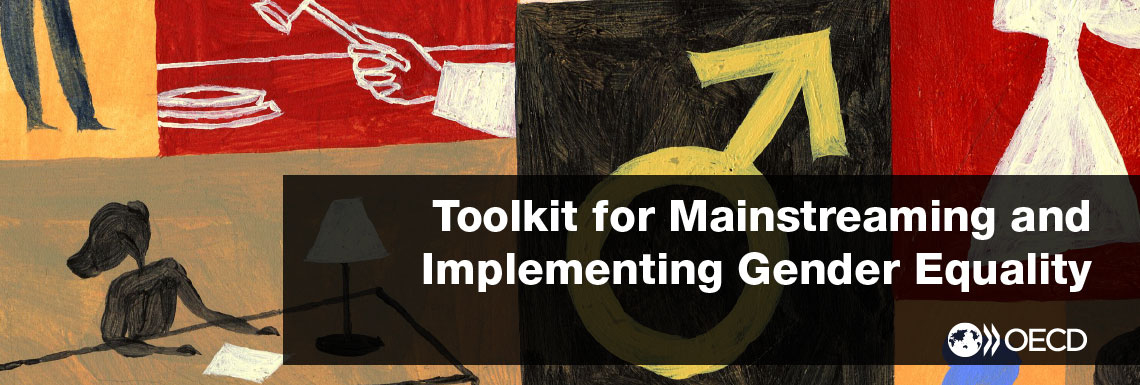Gender balance across judiciary is systematically monitored, and impact of gender equality initiatives are evaluated against set targets
SELF-ASSESSMENT QUESTION
- Are judicial composition statistics regularly collected, disclosed to and discussed by judicial leadership?
- Have court managers and senior judicial staff clear roles and responsibilities to monitor gender equality?
- Are outcomes of monitoring and evaluation being used to inform organizational policies and management responses?
WHY IS IT IMPORTANT?
Gender sensitive monitoring is “the systematic and objective assessment of the design and planning (objectives, results pursued, activities planned) and the implementation and results of an ongoing activity, project, programme or policy from a gender perspective.” (EIGE, 2016) Such a monitoring system can help establish the baseline situation and track progress. It is crucial to select the right set of indicators, including:
- Context indicators retrieved from a reference group. For example, it may be interesting to compare the gender indicators (e.g. the gender gap of women in management positions) with judiciaries in other countries or with other a different line of occupation (e.g. the medical field);
- Application indicators to measure the characteristics of the target population. These indicators (e.g. years of judicial employment, previous occupation, age, etc) need to be measured for both male and female judicial staff so that differences in population can be part of the analyses;
- Process indicators to measure management efficiency. These indicators are mainly used to understand the amount of financial and other resources that have been invested in achieving gender goals;
- Result/ output indicators to measure the effect of the gender policies and initiatives. These could include the number of women judges having participated in leadership programs, the percentage of women judges in management positions, etc;
- Efficiency indicators to measure the relationship between resources and results.
ACTIONS TO CONSIDER
- Assess and address data gaps in order to know what works, track progress and identify areas that may be lagging behind;
- Ensure that data is collected on all of the categories covered by gender equality action plans for the judiciary;
- Develop specific indicators assessing the realization of gender equality in the judiciary’s functioning, performance, composition and impact;
- Establish clear roles and responsibilities and involve senior judicial staff - to monitor gender equality within the judiciary;
- Establish a management response scheme is to respond to findings of data collection efforts;
- Find innovative and inspiring ways to share data (infographics);
- Collaborate with statistical entities during the data collection process;
- Consider ways to measure short, medium and long term impacts of gender-sensitive intervention in the judiciary.
PITFALLS TO AVOID
- Various parts of judicial sector collects different data duplicates data collections efforts which makes reconciling the figures difficult or impossible;
- Absence of usable data due to irregular data cleaning
COUNTRY EXAMPLES
Portugal
Ministry of Justice of Portugal undertook an evaluation of the implementation of its 1st Gender Equality Plan. For the evaluation of the implementation of the intervention measures included in the First Plan, a questionnaire template was prepared and sent to the top officers of the Ministry of Justice's services and structures via e-mail. Of the ten services investigated, seven answered and returned the questionnaire, obtaining a response rate of 70%. The results of this process are presented in the 2nd Gender Equality Plan which identified proposals for improvement.

